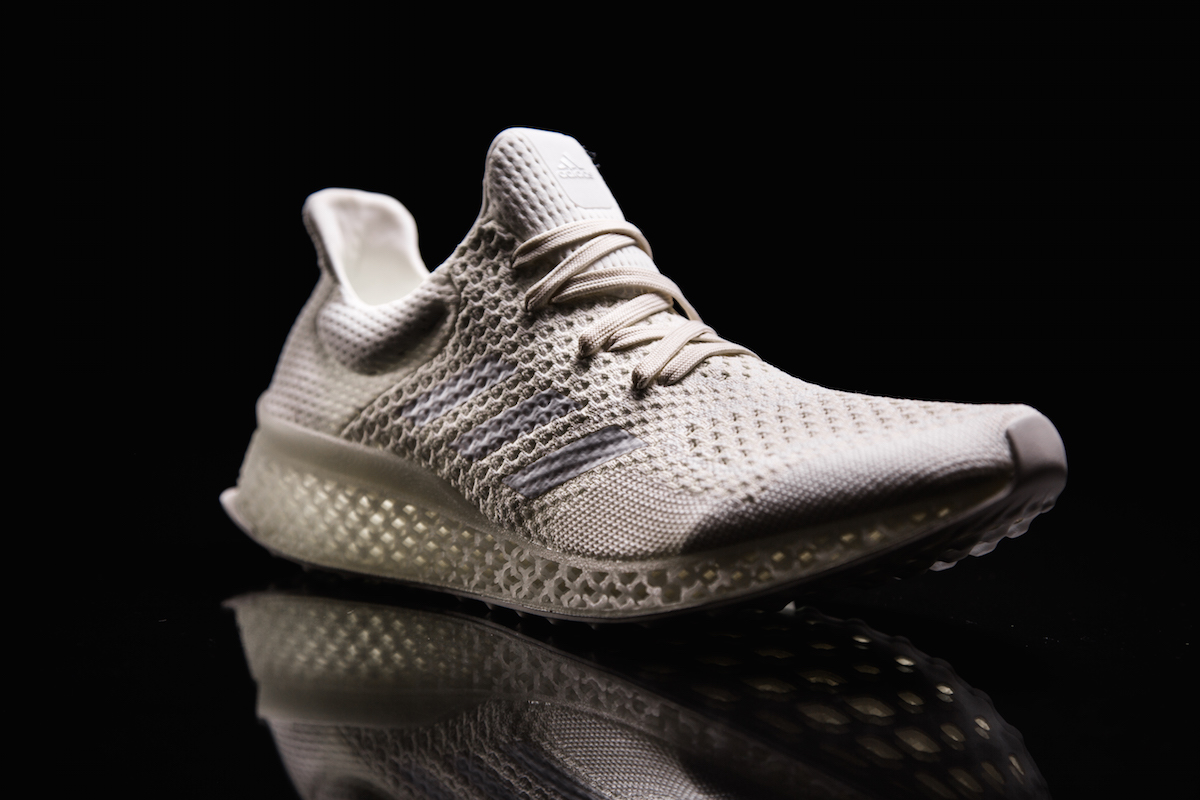
Printing a chocolate heart is easy enough, but how about an actual organ? There are folks working on it, but it turns out those veins of yours aren't exactly a breeze to replicate. Researchers at the University of Pennsylvania and MIT may have found a semi-sweet solution -- dissolving a sugar lattice in a batch of living Jell-O. The research team uses a RepRap 3D printer and a custom extruder head to print a filament network composed of sucrose, glucose and dextran which is later encased in a bio-gel containing living cells. Once the confectionery paths are dissolved, they leave a network of artery-like channels in their void. Tissue living in the gel can then receive oxygen and nutrients through the hollow pipes.
The research has been promising so far, and has increased the number of functional liver cells the team has been able to maintain in artificial tissues. These results suggest the technique could have future research possibilities in developing lab-grown organs. MIT Professor Sangeeta Bhatia, who helped conduct the effort, hopes to push the group's work further. "More work will be needed to learn how to directly connect these types of vascular networks to natural blood vessels while at the same time investigating fundamental interactions between the liver cells and the patterned vasculature. It's an exciting future ahead." Scientists at other labs could also get their mitts on the sweet templates since they're stable enough to endure shipping. Head past the break for a video of the innard infrastructure.
Continue reading Researchers use 3D printer, sugar, to create a fake artery network for lab-grown tissue
Researchers use 3D printer, sugar, to create a fake artery network for lab-grown tissue originally appeared on Engadget on Tue, 03 Jul 2012 04:07:00 EDT. Please see our terms for use of feeds.
Permalink  Hack a Day
Hack a Day |
 Nature, University of Pennsylvania
Nature, University of Pennsylvania |
Email this |
Comments
 Back in June, Adidas revealed a shoe made almost entirely from recycled ocean waste. That product marked the beginning of a partnership between the sportswear firm and Parley, an organization trying to combat ocean pollution worldwide. Now, Adidas is...
Back in June, Adidas revealed a shoe made almost entirely from recycled ocean waste. That product marked the beginning of a partnership between the sportswear firm and Parley, an organization trying to combat ocean pollution worldwide. Now, Adidas is...
 Back in June, Adidas revealed a shoe made almost entirely from recycled ocean waste. That product marked the beginning of a partnership between the sportswear firm and Parley, an organization trying to combat ocean pollution worldwide. Now, Adidas is...
Back in June, Adidas revealed a shoe made almost entirely from recycled ocean waste. That product marked the beginning of a partnership between the sportswear firm and Parley, an organization trying to combat ocean pollution worldwide. Now, Adidas is...
 Following in the footsteps of sportswear rival Adidas, New Balance today introduced its own 3D-printed running shoe. Created in collaboration with 3DSystems, a company known for offering 3D printing tech, New Balance's sneaker features a 3D-printed...
Following in the footsteps of sportswear rival Adidas, New Balance today introduced its own 3D-printed running shoe. Created in collaboration with 3DSystems, a company known for offering 3D printing tech, New Balance's sneaker features a 3D-printed...
 A heroic set of prosthetic hand designs will soon allow young amputees to transform into their favorite Disney characters. Whether they prefer a red Iron Man gauntlet, one of Queen Elsa's sparkling blue gloves or a hand inspired by Star Wars' iconi...
A heroic set of prosthetic hand designs will soon allow young amputees to transform into their favorite Disney characters. Whether they prefer a red Iron Man gauntlet, one of Queen Elsa's sparkling blue gloves or a hand inspired by Star Wars' iconi...
 While Kanye West is worried about people 3D-printing shoes at home, his contractor Adidas believes the technology will play a major role in the future of footwear. (West designs the Yeezy shoe and clothing line for the Three-Stripes brand.) To show...
While Kanye West is worried about people 3D-printing shoes at home, his contractor Adidas believes the technology will play a major role in the future of footwear. (West designs the Yeezy shoe and clothing line for the Three-Stripes brand.) To show...
 Today on In Case You Missed It: MIT developed robotic hands of pliable silicon that are also studded with pressure sensors so it knows how tightly to hold something. A small dashboard camera and advanced computer vision software are being tested in...
Today on In Case You Missed It: MIT developed robotic hands of pliable silicon that are also studded with pressure sensors so it knows how tightly to hold something. A small dashboard camera and advanced computer vision software are being tested in...





